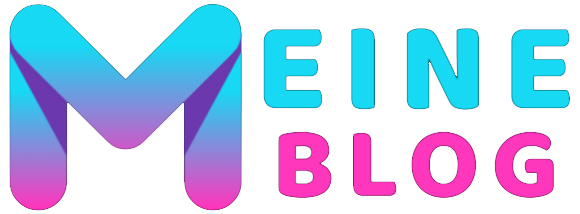
Introduction
As technology continues to advance, governments worldwide are embracing innovative solutions to improve citizen engagement and streamline their services. Quick Response (QR) codes have emerged as a valuable tool in this endeavor, offering numerous benefits to both government agencies and citizens. By leveraging QR codes, governments can enhance the accessibility, efficiency, and transparency of their services, fostering stronger connections with their constituents. In this article, we will explore how QR codes are revolutionizing government services and transforming citizen engagement.
Accessible Information and Services
QR codes provide an efficient way for governments to make information and services easily accessible to citizens. By incorporating QR codes into printed materials, government websites, or mobile applications, citizens can quickly access a wealth of information by scanning the code with their smartphones.
For instance, QR codes can link to government websites containing important forms, application procedures, and service details. Citizens can conveniently access this information from anywhere at any time, eliminating the need to visit physical government offices or navigate complex websites. This accessibility empowers citizens to stay informed and engage with government services more effectively.
Efficient Service Delivery
QR codes streamline service delivery by simplifying processes and reducing bureaucratic hurdles. Governments can generate personalized QR codes for individuals, enabling them to access specific services or track the progress of their applications. Scanning the QR code provides citizens with real-time updates, saving them from time-consuming phone calls or visits to government offices.
Furthermore, QR codes can be used for secure and contactless payments, allowing citizens to pay fees, fines, or taxes conveniently. This eliminates the need for physical transactions, reducing waiting times and enhancing overall efficiency.
Enhanced Transparency and Accountability
QR codes promote transparency and accountability in government services. By incorporating QR codes on official documents, citizens can verify their authenticity and track their usage. For instance, QR codes on identification cards, licenses, or permits can provide instant verification of individuals’ credentials, reducing the risk of fraud or forgery.
Moreover, QR codes can enable citizens to provide feedback or report issues related to government services. Scanning a QR code can lead to a dedicated feedback portal or complaint system, allowing citizens to voice their concerns and contribute to continuous service improvement. This transparent approach fosters trust, encourages citizen participation, and strengthens the bond between governments and their constituents.
Data-driven Decision Making
QR codes enable governments to collect valuable data that can inform data-driven decision making. Each QR code scan provides insights into citizen behavior, preferences, and service utilization patterns. Governments can analyze this data to identify areas of improvement, optimize resource allocation, and enhance service delivery based on citizen needs.
Additionally, QR codes can be used for surveys and opinion polls, enabling governments to gather feedback and opinions directly from citizens. This valuable input aids in policy formulation and ensures that government services align with the evolving needs and expectations of the community.
Promoting Sustainable Practices
QR codes contribute to sustainable practices by reducing paper consumption and promoting digital interactions. By leveraging QR codes, governments can minimize the printing of physical documents, forms, and information materials. Instead, citizens can access these resources digitally, reducing waste and environmental impact.
Furthermore, QR codes can be used for contactless entry in government buildings or events, reducing the use of physical tickets or access cards. This not only enhances convenience but also supports hygiene and safety measures, especially in times of public health concerns.
Conclusion
QR codes have become a powerful tool for governments to enhance citizen engagement and transform service delivery. By leveraging QR codes, governments can provide accessible information, streamline processes, and foster transparency. Citizen engagement is strengthened through efficient service delivery, data-driven decision making, and sustainable practices.

